Nijo Castle, Kyoto: Travel Guide + Photos
Share
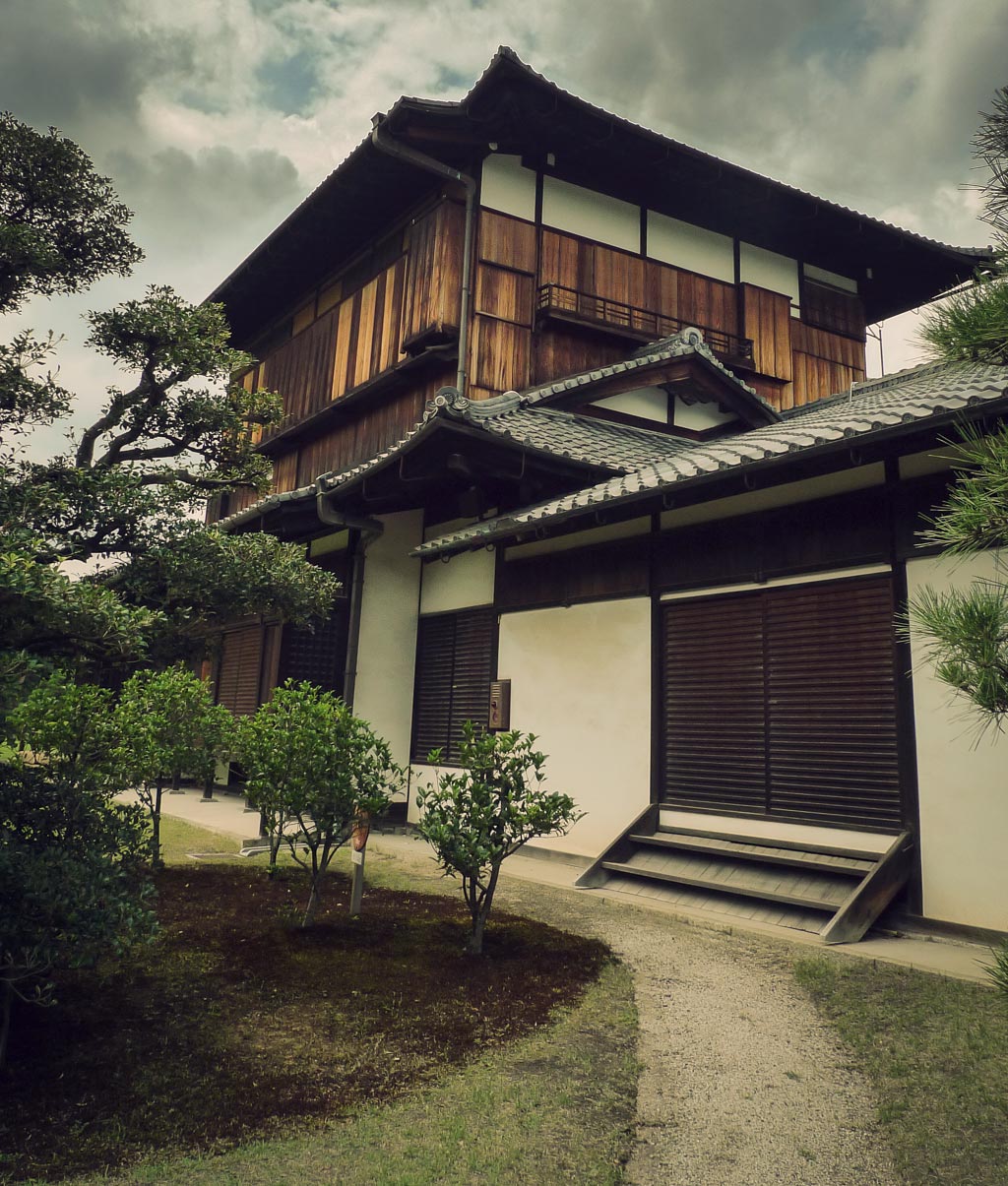
All of the historical facts in this article are taken from the World Cultural Heritage Sites Historic Monuments of Ancient Kyoto inscription located at the entrance of Nijo Castle.
Kyoto’s Castle - Nijo Jo
Nijo Castle was built in 1603 by the infamous Tokugawa shogunate. The castle defended the nearby Kyoto Imperial Palace and was a place for shoguns to stay when they visited Kyoto. Almost 400 years later, in 1994, it officially became a UNESCO World Heritage Site.
In 1626 the castle underwent a huge renovation and there are still remains in the castle grounds from that time.
This guard station was original built in 1663.
A group of samurai known as the Nijo Zaiban were dispatched by the shogunate for night watch and patrol around the castle. One group comprised 50 samurai and the castle had two groups permanently stationed at Nijo Castle.
Every spring (April) the guards would rotate duty with other squads.
This gate pictured above is called Ninomaru Higashi-otemon (higashi = east and mon = gate) and it is the main entrance to the Nijo Castle grounds.
Ninomaru Palace and Garden
The real history and main reason this is a World Heritage site is seen at the palace and landscaped garden inside the castle walls.
The Ninomaru Palace inside the castle grounds is made up of many residential style buildings in a diagonal pattern alongside a pond. Each room inside the palace has its own individual and magnificent features.
To the south west of the palace is Ninomaru Teien (teien = a special type of wide, landscaped, designed garden). It has designed rock formations, a man-made waterfall and three small islands in the pond.
Honmaru Palace - Inner-Inner Nijo Castle Grounds
Over a bridge crossing a moat, and through another gate is area of raised ground deep in the center of the Nijo Castle grounds.
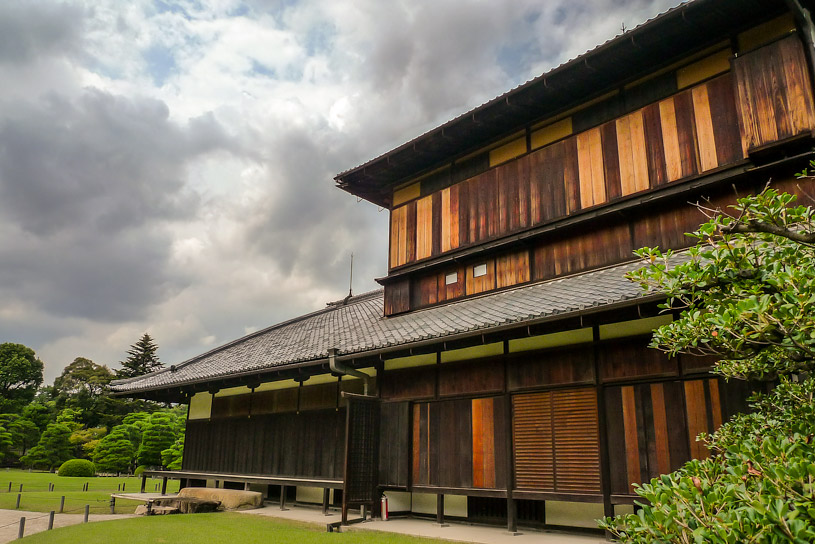
One of the residential style buildings of the Honmaru Palace that has Japanese Important Cultural status.
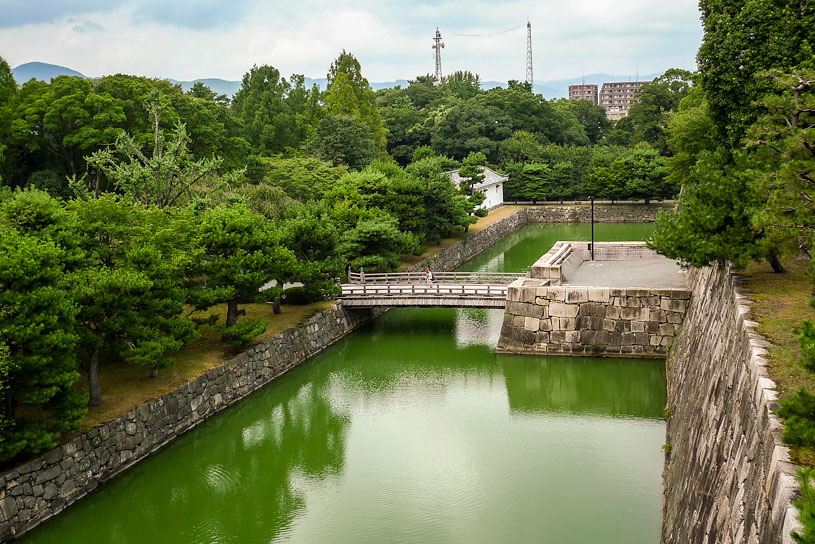
The interior moat and Honmaru Yoguramon (gate). This moat separates the Ninomaru area from the Honmaru area.
Visiting Nijo-jo
Nijo Castle is really easy to get to, it’s very close to Kyoto station. You can take the bus (a 500 yen day bus is the most economical way to get around Kyoto) which is only a 15 minute ride from Kyoto station. Alternatively you can take the subway to the Nijo stop.
Entry is 600 yen.
When I last visited Nijo Castle I was using a day hire bicycle, such a great way to get around Kyoto!
Travel tip
Nijo Castle is on the same train line as another Kyoto World Heritage site, Daigo-ji Temple. Spend the morning at the castle and then the afternoon at the temple!

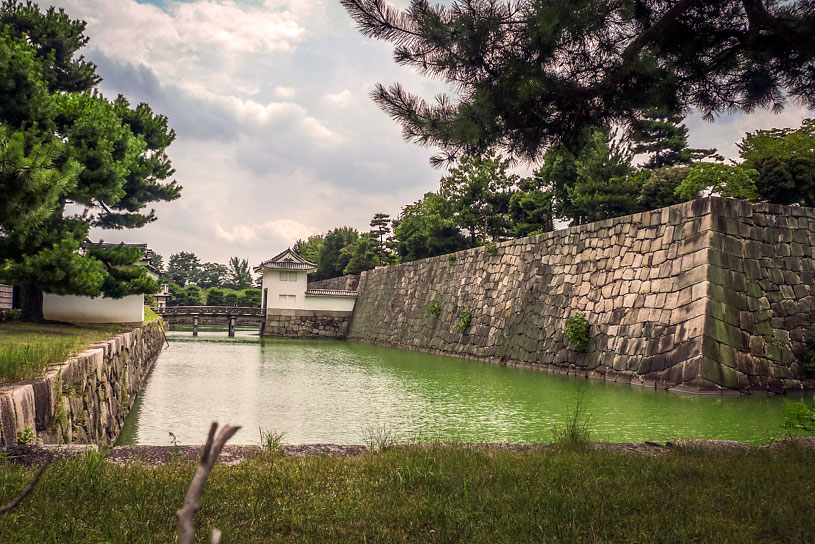

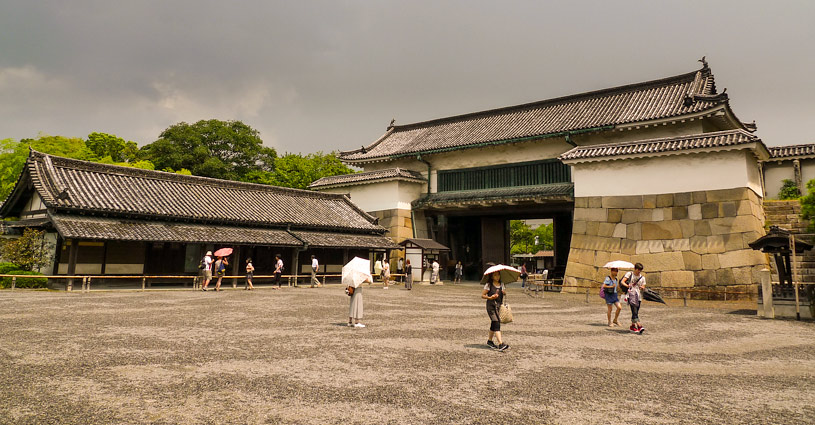
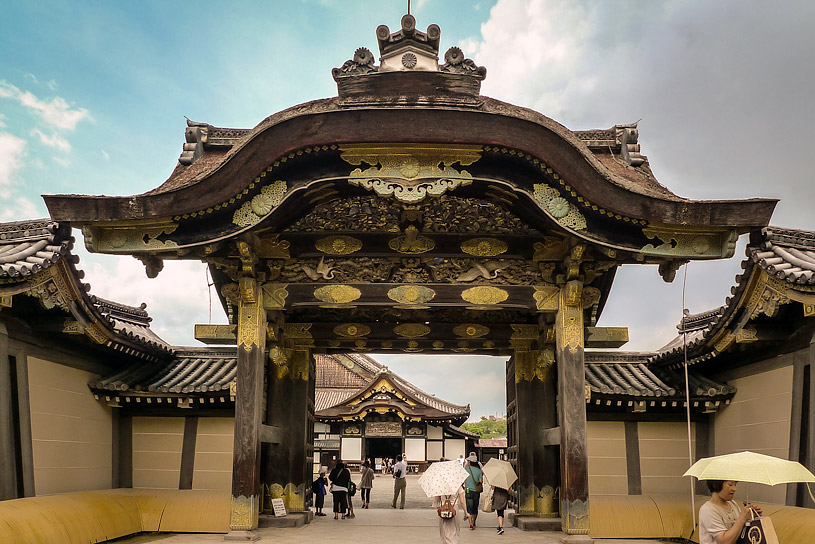
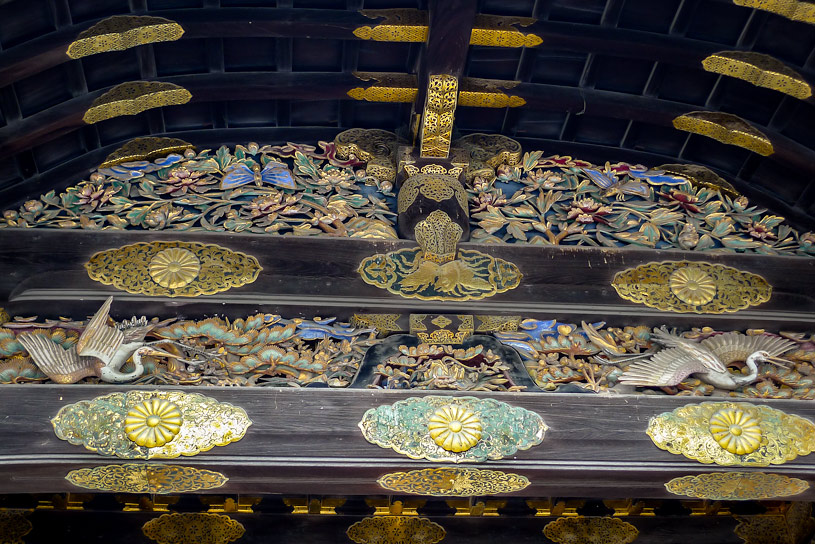
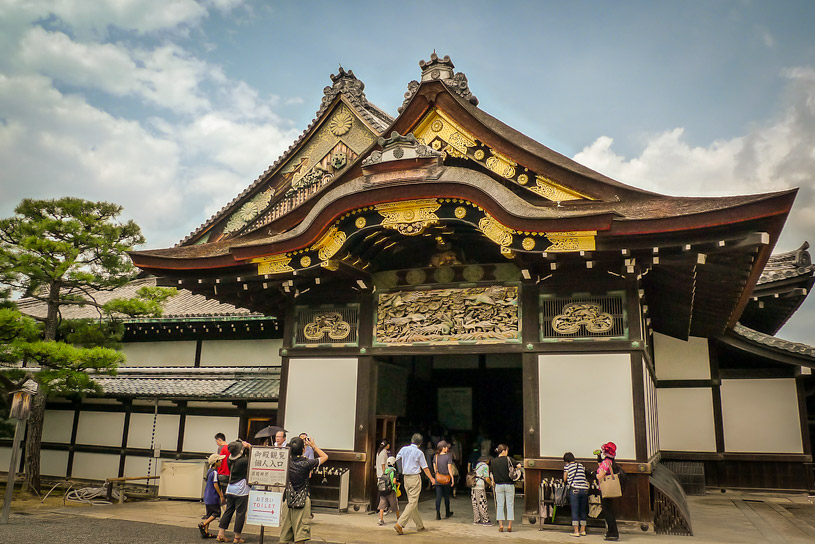
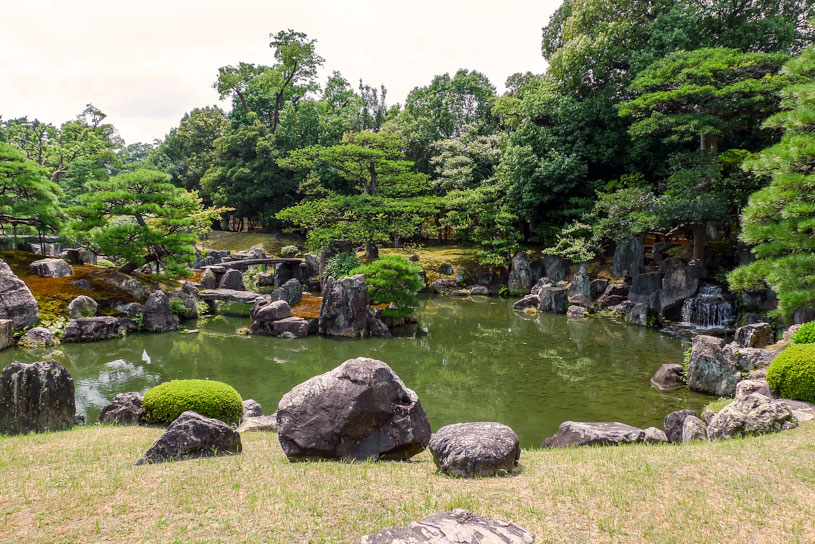
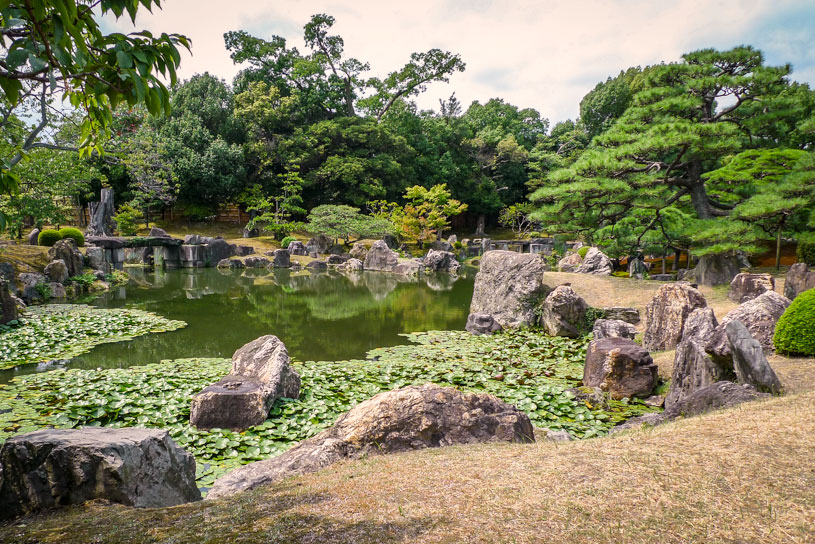
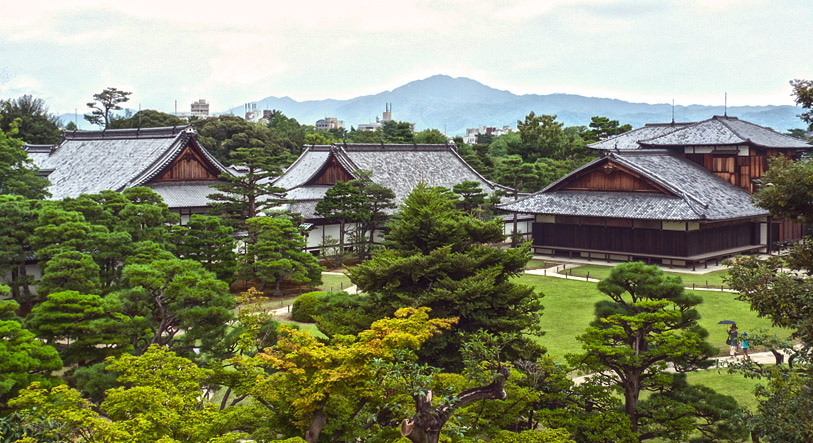
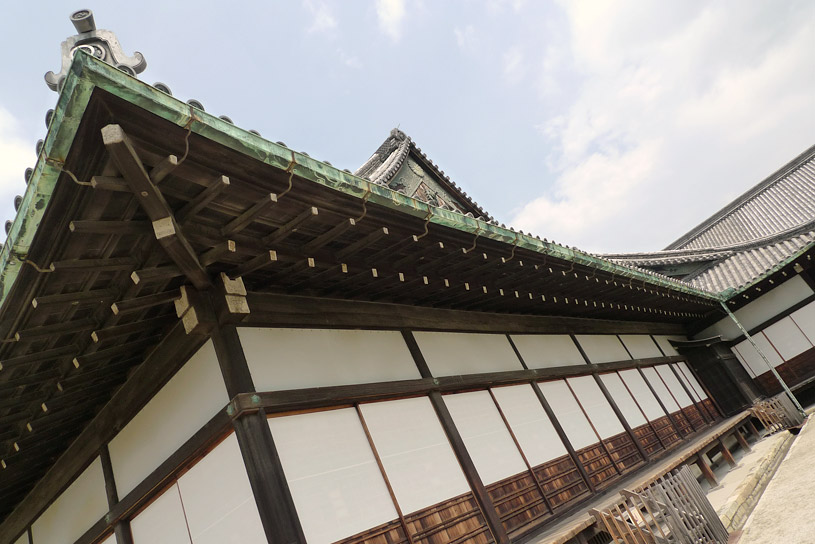
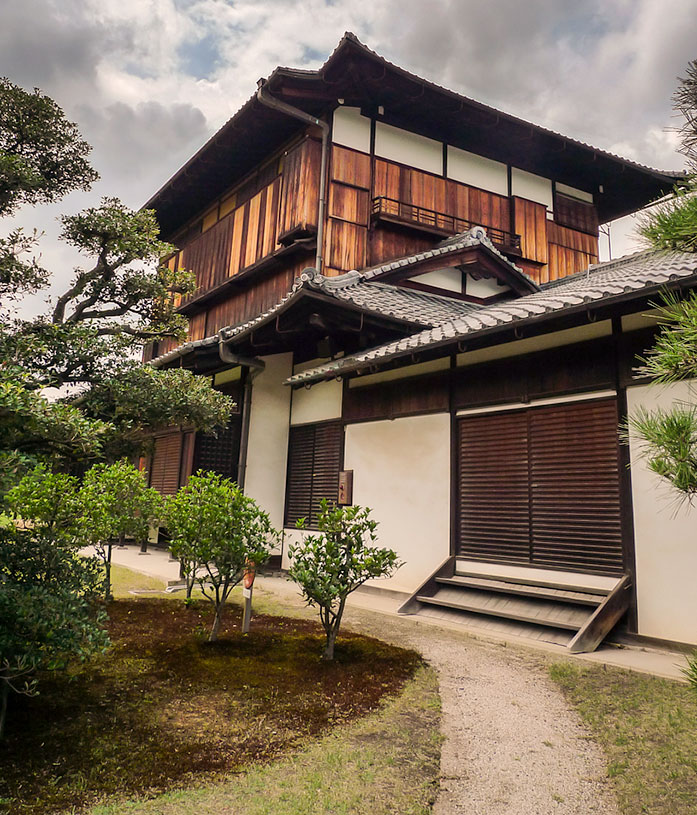
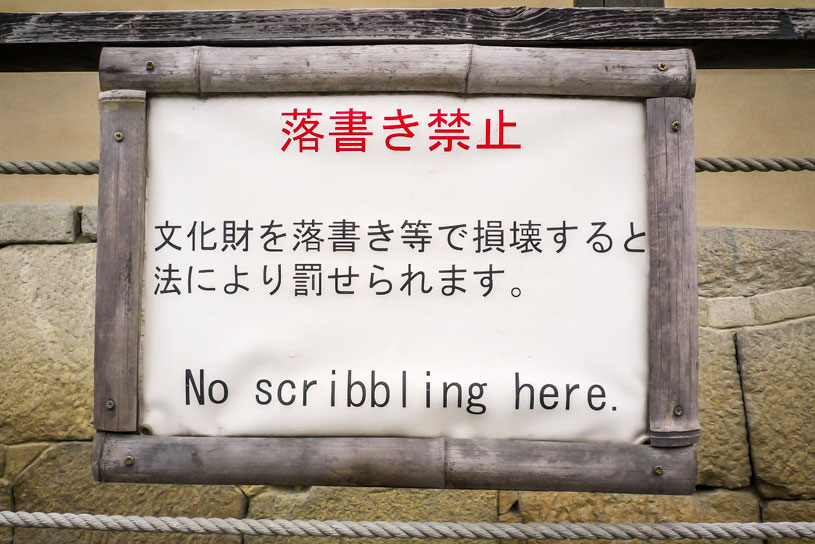

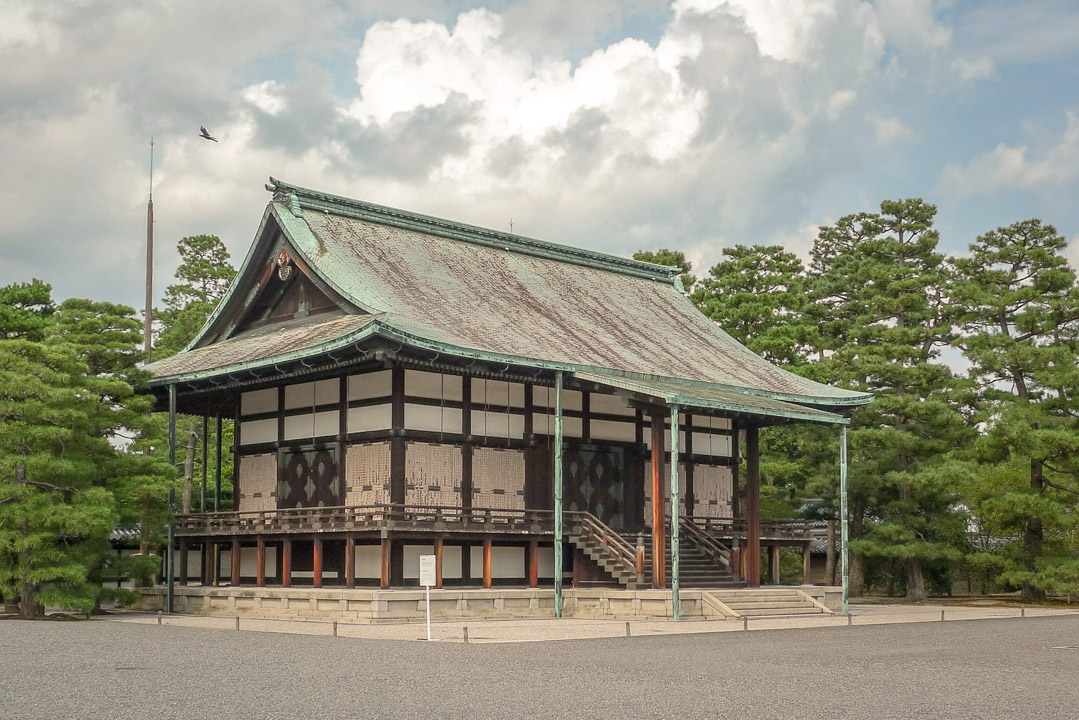
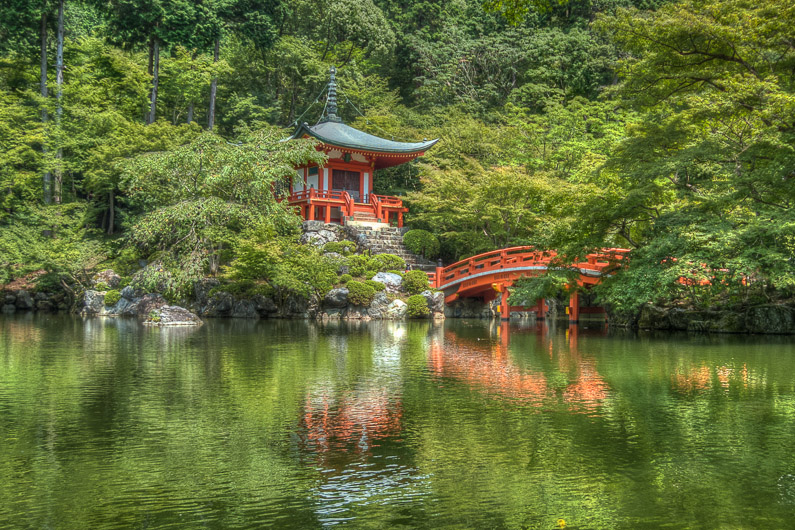
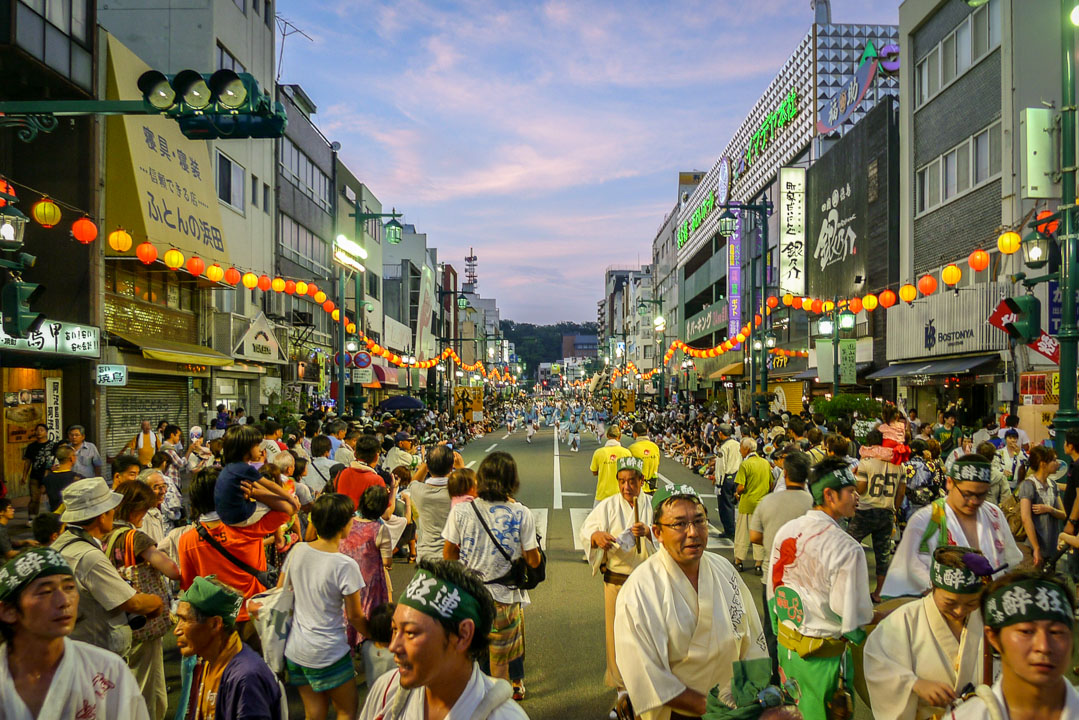
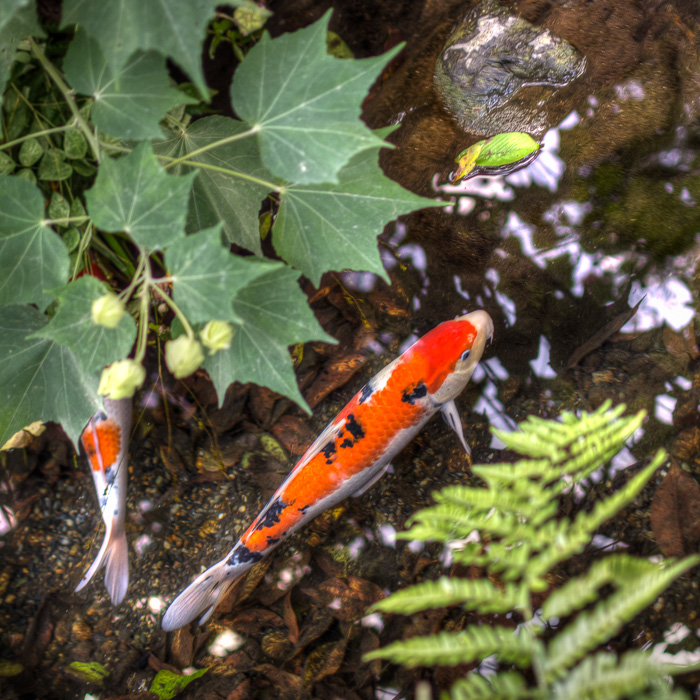
I really enjoyed this post!
It’s been many years since I’ve last visited Nijo Castle (last time was summer 2007), so it was nice to see some photos again!
I’ve been to over 60 Japanese castles by now and Nijo Castle is definitely special. It doesn’t give you the typical “castle” feeling at all 🙂
Great post and information. Nijo Castle would be in my top 10 things to do in Kyoto. The castle is not as spectacular on the outside as many castles in Japan, but I love the architecture, art and wonderful gardens.